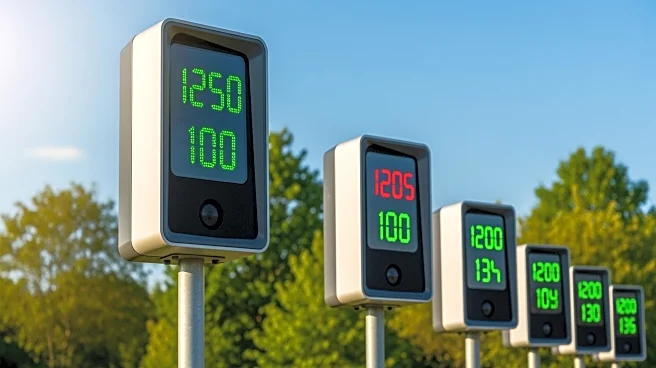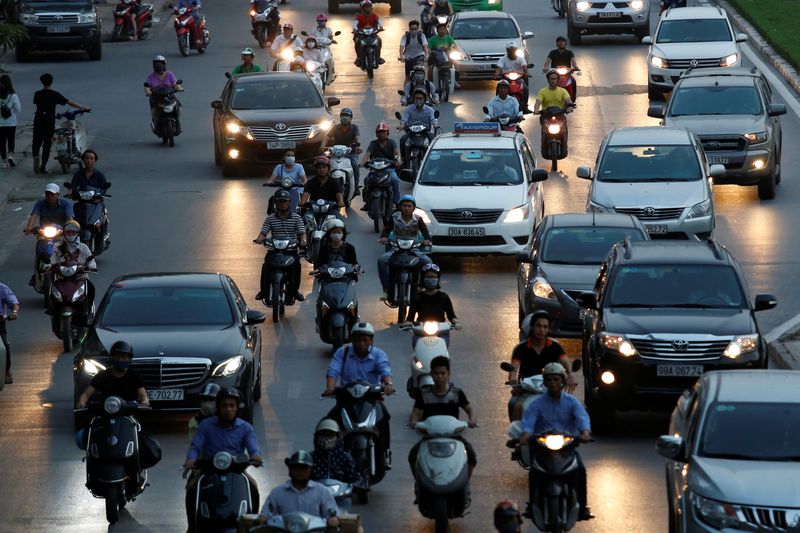What's Happening?
The Regional District of Okanagan-Similkameen board has approved a budget increase for the installation of digital speed-reader signs across several electoral areas. The cost for these installations has more
than tripled from the original estimates. Initially, the cost was projected at $7,000 per area, with a $3,500 grant from ICBC for each participating area. However, the new total costs are $25,626 for areas including Okanagan Falls, Naramata, Rural Keremeos and Hedley, and Apex, Kaleden and Twin Lakes, while Greater West Bench and Rural Summerland will pay $12,813. The additional expenses will be covered by the respective areas' gas tax funding reserves. The increase in costs is attributed to delays and changes in equipment requirements by the Ministry of Transportation and Transit (MOTT), which has indirectly contributed to the budget escalation.
Why It's Important?
The decision to increase the budget for speed-reader signs is significant as it highlights the challenges local governments face in managing infrastructure projects, especially when external factors such as regulatory delays and equipment changes are involved. The increased costs will impact the financial reserves of the affected electoral areas, potentially affecting other local projects or services. Moreover, the situation underscores the importance of collaboration between local governments and provincial authorities to ensure efficient project execution and cost management. The installation of these signs is crucial for enhancing road safety in the region, which is a priority for the local government.
What's Next?
The speed-reader signs must be installed and operational by December 31, 2025, as per the ICBC grant funding terms. Director Tim Roberts plans to seek additional funds for Rural Keremeos, while Director Matt Taylor intends to address the delays with the Ministry of Transportation and Transit. The outcome of these discussions could influence future collaborations and funding arrangements between the regional district and provincial authorities. The successful installation of the signs will be a critical step in improving road safety and could set a precedent for similar projects in other regions.














